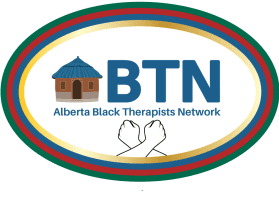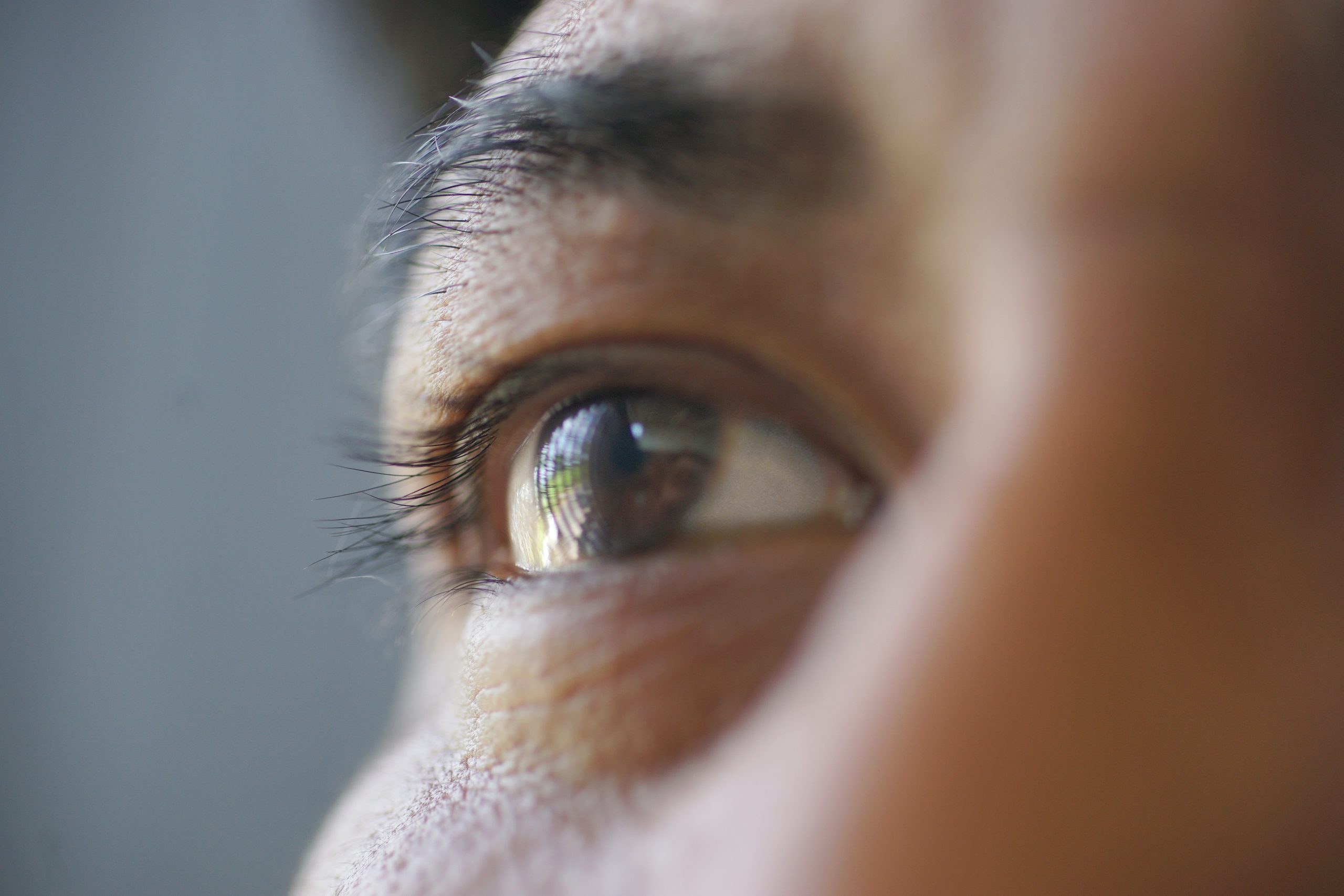Choosing to seek out therapy is a big enough step without having to navigate all the acronyms that come with it. We congratulate you on taking that leap and we are here to help you make sense of it.
The commonly sought out counselling and therapeutic services are child, teen, adult individual counselling, family counselling, and couples counselling. Therapists employ various evidence based approaches such as CBT, DBT, EFT and EMDR in these services. These can be further explored below.
It’s called “cognitive behavioral” therapy because the treatment approach is composed of two main areas — changing your cognitions, or thoughts, and changing your behaviors.
CBT is a short-term form of psychotherapy directed at present-time issues. The focus is on problem solving, and the goal is to change clients’ thought patterns in order to change their responses to difficult situations. A CBT approach can be applied to a wide range of mental health issues and conditions and can be applied in individual or in group therapy
Dialectical behavior is about balancing opposites as the name implies. The therapist consistently works with the individual to find ways to hold two seemingly opposite perspectives at once. The focus is in promoting balance and avoiding black and white—the all-or-nothing styles of thinking.
DBT treatment is a type of psychotherapy that utilizes a cognitive behavioural approach and emphasizes the psychosocial aspects of treatment. The approach provides clients with new skills to manage painful emotions and help decrease conflict in relationships. DBT specifically focuses on providing therapeutic skills in four key areas. First, mindfulness- focuses on improving an individual’s ability to accept and be present in the current moment. Second, distress tolerance -this is geared toward increasing a person’s tolerance of negative emotion, rather than trying to escape from it. Third,emotion regulation-which covers strategies to manage and change intense emotions that are causing problems. Fourth, interpersonal effectiveness- consists of techniques that allow a person to communicate with others in a way that is effective and more assertive while maintaining self-respect, and strengthens relationships
Emotionally focused or emotion- focused therapy helps you attune to you emotions as emotions serve as signals of what needs to be addressed internally.
This means the treatment plan works directly with emotions to help you make sense of them,process and learn to tolerate and manage them, and to use them to meet your needs and goals.
EFT is a short-term form of therapy recognizes the adaptive function of emotion and emphasizes the importance of attending to emotional experience as a source of meaning, direction, and growth. In order to function well, we need to be aware of how we feel and be able to make use of our emotions in a productive way.
EFT can be utilized for couples, family and individual therapy
Eye Movement Desensitization and Reprocessing (EMDR) is an integrative psychotherapy approach that has been extensively researched and proven effective for the treatment of trauma and many other mental health problems
EMDR therapy is a phased, focused approach to treating traumatic and other symptoms by reconnecting the client in a safe and measured way to the images, self-thoughts, emotions, and body sensations associated with the trauma, and allowing the natural healing powers of the brain to move toward adaptive resolution. Unlike other therapies, EMDR is about processing but not through talking instead the processing takes place in the brain
EMDR should only be offered by a trained clinician in EMDR.
There are numerous therapies available to be utilized in psychological interventions and many more continue to be introduced.This is by no means an extensive lists rather an overview of some of the commonly used approaches.



